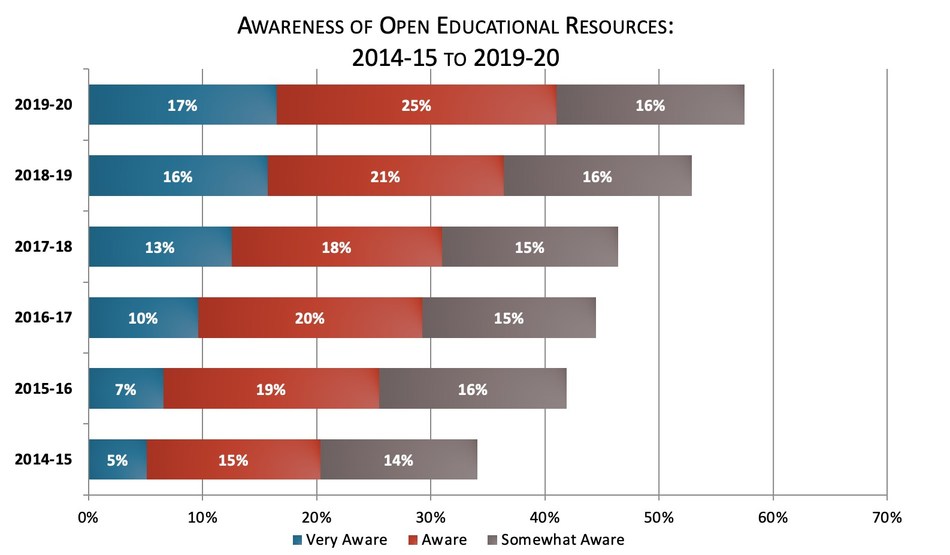Reassembling Scholarly Communications: Histories, Infrastructures, and Global Politics of Open Access
https://direct.mit.edu/books/book/4933/Reassembling-Scholarly-CommunicationsHistories
Chapter 7. Peer Review: Readers in the Making of Scholarly Knowledge
David Pontille and Didier Torny
p. 120
If open science has become a motto, it encompasses two different visions for journal peer review. The first one, which includes open identities, takes place within the academic closet, where the dissemination of manuscripts is made possible by small discourse collectives that shape consensual facts.29 This vision is supported by the validation processes designed by Robert Boyle, one of the founders of the Royal Society, who thought that disputes about scientific facts needed a specific and limited “social space” in order to be solved.30 By contrast, following Thomas Hobbes’s Leviathan conception of sovereignty, the second vision urges a multiplication of points of view. The disentanglement of peer evaluation cuts through the ability given to readers to comment on published articles, produce social media metrics through the sharing of documents, and observe the whole evaluation process of each manuscript.31 In this vision, scholarly communication relies on a plurality of instances that generate a continuous process of judgment. The first vision has been at the heart of the scientific article as a genre, and a key component of the scientific journal as the most important channel for scholarly communication.32
Chapter 13: Libraries, Museums, and Archives as Speculative Knowledge Infrastructure

